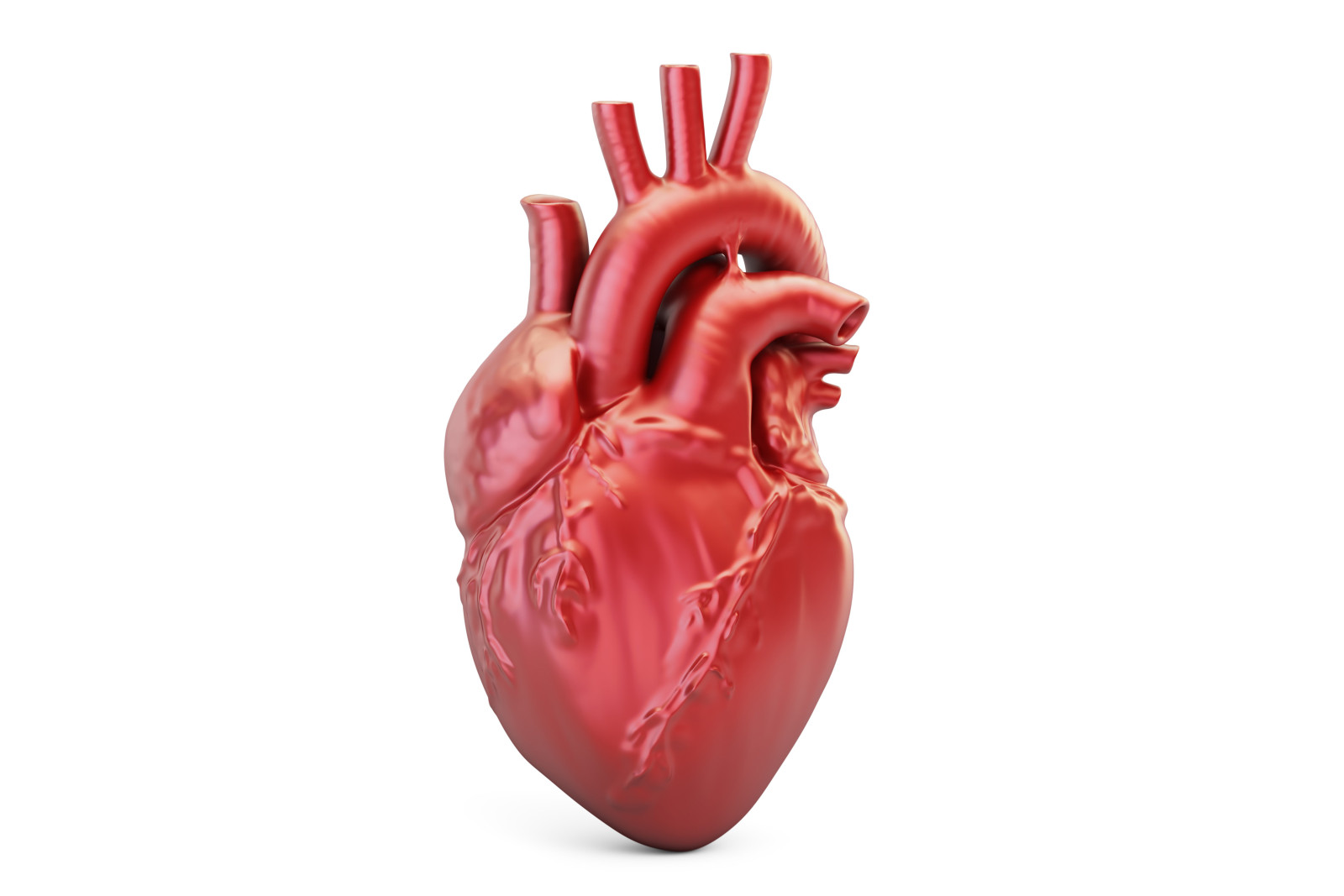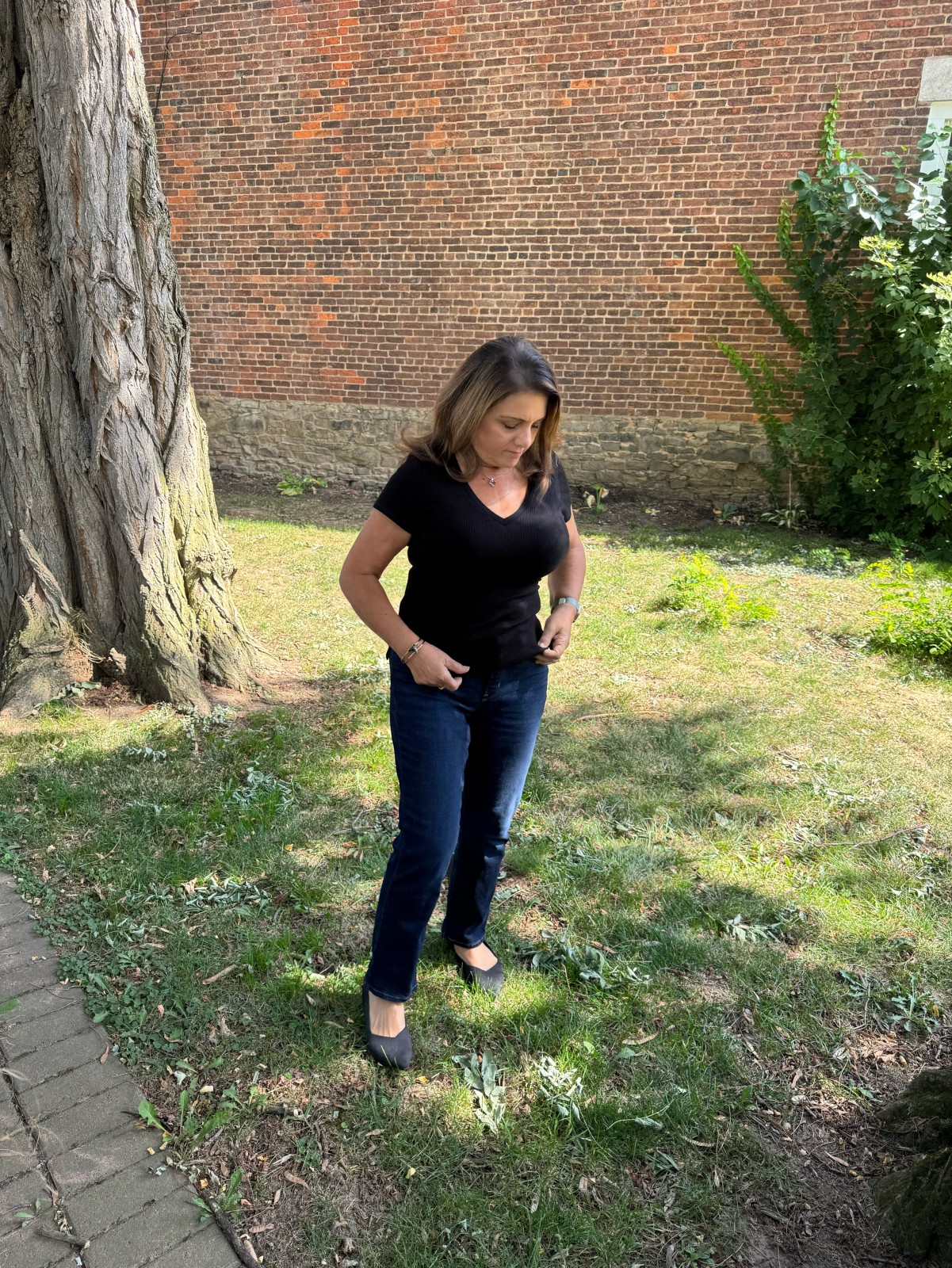
Arthritis is an umbrella term used to describe more than 100 conditions that cause joint pain, stiffness, and swelling. It’s a common ailment, especially among women over the age of 45, and it can be difficult to determine what type of arthritis you may have. If you think you might have arthritis, the first step is getting a diagnosis from your healthcare provider. Here’s what you need to know.
Getting Diagnosed with Arthritis
When you visit your doctor for a diagnosis, there are several tests they may use to determine which type of arthritis you have. The first step is usually a physical examination of your joints and muscles—your doctor will look for signs of swelling or redness in your joints as well as any overly tender areas. They will also check your range of motion and how much flexibility you have in each joint. Your doctor may also take x-rays or blood tests; these can help identify types of inflammatory arthritis (such as rheumatoid arthritis) or monitor the progression of osteoarthritis over time.
Types of Arthritis
Once the results are in, your doctor will be able to make an official diagnosis. Some common types of arthritis include osteoarthritis (OA), rheumatoid arthritis (RA), psoriatic arthritis (PsA), gout, lupus, and fibromyalgia. Osteoarthritis is characterized by wear-and-tear damage on the cartilage between bones; RA is an autoimmune disorder that causes inflammation in the joints; PsA causes inflammation around the skin and nails; gout causes sudden episodes of painful joints due to high uric acid levels; lupus is another autoimmune disorder that affects a variety of organs and tissues; fibromyalgia is often associated with widespread muscle pain and fatigue.
Treating Your Arthritis
Once you get a diagnosis for your type of arthritis, it’s important to discuss treatment options with your doctor. Depending on which type you have, treatments can vary from over-the-counter medications such as ibuprofen or acetaminophen to prescription drugs such as methotrexate or corticosteroids. Exercise can also help reduce symptoms by strengthening muscles around affected joints; low-impact activities like swimming or walking are good choices for people with arthritis. Finally, lifestyle changes such as losing weight if necessary or eating an anti-inflammatory diet can help manage arthritic pain and prevent further damage to affected joints over time.
Diagnosing which type of arthritis you have can be challenging because there are so many different types out there—and because symptoms can vary from person to person. However, once you get diagnosed it’s important to discuss treatment options with your doctor so that you can start managing your condition quickly and effectively before it gets worse over time. Remember: knowledge is power! With the right information about what kind of arthritis you have and how best to treat it, you'll be well on your way towards living an active life free from arthritic pain!
Here is the link to what I use to manage my inflammation.
Get my free guide "3 ways to reduce inflammation" !
Ask me about the 11 day jumpstart to reduce pain and inflammation
Disclaimer: The information in this article is for educational purposes only and should not be considered medical advice. Please consult with a healthcare professional before making any changes to your diet or lifestyle.
















0 Comments